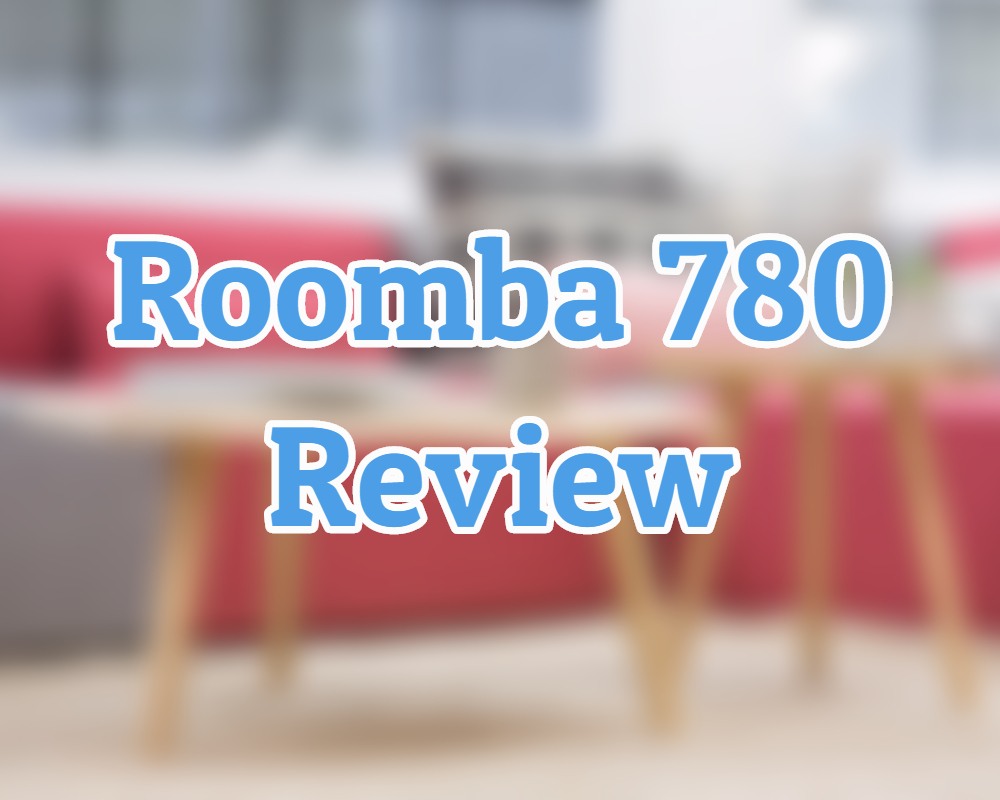Have you been thinking about buying a robotic vacuum cleaner? If so, the Roomba 780 may have come up in your research.
It looks fancy enough and costs a small fortune. But does its performance justify the price?
I was once in your shoes. If you have a question about the 780, you will find the answer here.
If not, comment in the section below and I will do my best to answer your question.
In you have a specific question you want answered, click on the appropriate section to skip to the answer:
Contents
- 1 How Does a Roomba Fit Into Your Life?
- 2 Actually Useful Features of the Roomba 780
- 3 Features That Aren’t Really All that Useful
- 3.1 How much noise does the Roomba 780 make?
- 3.2 Where to buy the Roomba 780 at the best price?
- 3.3 What is the Virtual Wall Lighthouse?
- 3.4 Does the Roomba 780 work with a 220v or 240v outlet?
- 3.5 How well does the Roomba 780 vacuum pet hair?
- 3.6 How well does the Roomba 780 work on hardwood floors? What about carpet?
- 3.7 What about area rugs?
- 3.8 How long does the 780 take to charge?
- 3.9 Roomba 780 Battery Life
- 3.10 Why Is it So Expensive?
- 4 Pros:
- 5 Cons:
- 6 Conclusion
How Does a Roomba Fit Into Your Life?
If you’ve never owned a Roomba before, here is what the typical experience is like:
Turning on the Roomba for the first time is a wonderful experience. It chimes a nice little tune, and immediately gets to work. But after watching it for a while, you start to notice the way it navigates around your house. It’s weird.
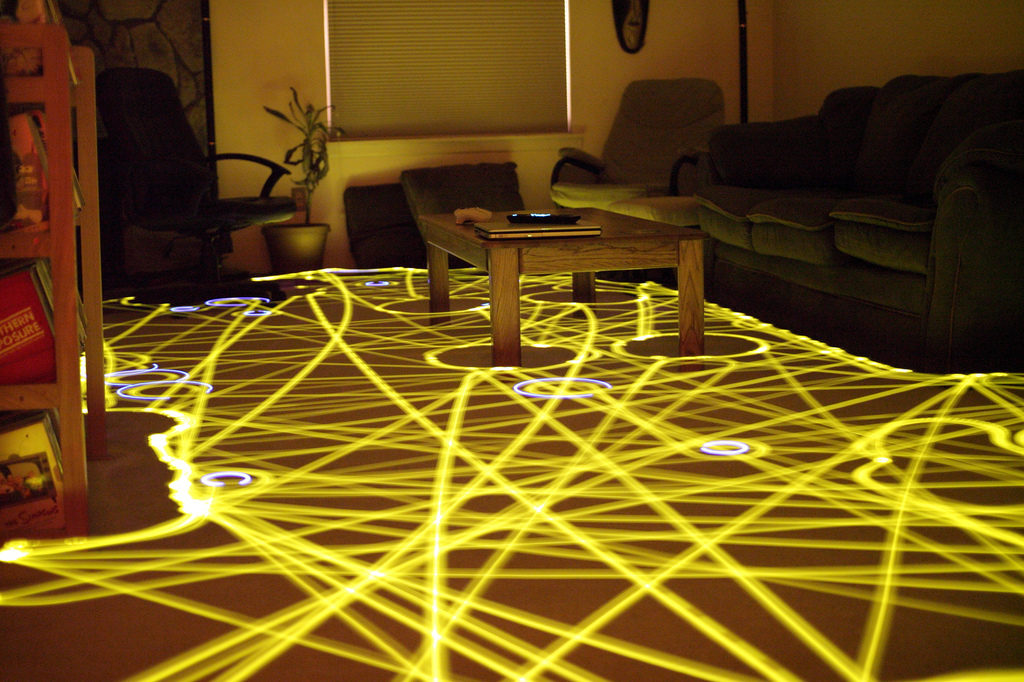
It’s almost as if the Roomba is drunk. It would vacuums certain areas over and over, taking forever to completely vacuum the whole floor. Nevertheless, you watch it for a couple more minutes, then go about your business. It bumps into your chair a couple times, reminding you that it’s still doing its job.
An hour later it docks back at its base, and chimes to inform you that it’s done. You inspect the floor, is it really clean? You are somewhat impressed, but think to yourself you’d probably still have to vacuum every once in a while. But then, six months go by, and you realize you haven’t picked up the vacuum since you got the Roomba. Then you think to yourself: “how did I ever manage without it before?”
Actually Useful Features of the Roomba 780
Wall Following Technology
The Roomba is round, so there is no way for it to vacuum along a wall without some compensating mechanism. That’s what the wall follow technology is for: the 780 is able to point the spinning side brush side toward the wall and slowly inch along, making sure the floor space along the wall is vacuumed.
Spinning Side Brush
Since the vacuum suction is mostly concentrated near the center of the Roomba, the spinning side brush helps sweep the dust and debris along walls into the path of the suction.
Soft touch bumper
The 870 is fitted with a 180 degree front bumper. Being a robot vacuum, it’s bound to bump into your furniture, the bumper provides a good cushion, preventing scratches against your walls and furniture.
HEPA filters
Without a proper filter, all the dust that get sucked up into the machine will just be spit back out into the air you breathe. The twin HEPA filters prevent that from happening.
Cliff Sensors
If you are using the Roomba on an upper floor or anywhere with ledges, the cliff sensors will make sure the Roomba doesn’t go careening off the ledge and damage itself or your floors.
Virtual Wall Lighthouse
The 780 comes with two of these things. They ensure that the Roomba finishes vacuuming one room before moving on to the next. This might not seem like a big deal, but it cuts down the cleaning time significantly because the Roomba is not aimlessly going back and forth between two rooms.
On Board Scheduling
The Roomba is by no means a silent machine. It’s quieter than a regular handheld vacuum, but it’s not quiet enough to be vacuuming while you sleep.
The scheduling feature will start the Roomba automatically so you can come home to a clean floor. Be sure to use the Roomba while you’re home to make sure your cables and small items are out of its reach and there are no spots in your house for it to get stuck.
Self Charging home base
The 780 uses an infrared beam to locate the charging home base. This is to work with the scheduling feature so the only thing you have to do is empty the dust bin when it is full.
Spot Clean Function
The spot clean feature of the 870 is used when you want the Roomba to only focus on a specific spot. Place the Roomba where you want it to clean the most, and press “spot clean”.
It will start vacuuming in small circle in that area, then bigger and bigger circles until the area is clean. I used to think this was totally unnecessary. But I actually found myself using the spot clean button pretty often. This is usually because I spilled something, like chips, or cereal on the floor. I just pick up the big pieces of food and let the Roomba take care of the rest with Spot Clean.
Features That Aren’t Really All that Useful
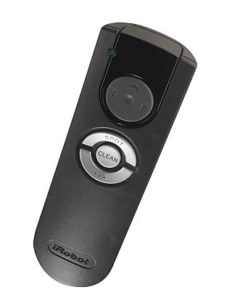
Remote Control
Steer the robot where you want it to go with the remote. This is a nice feature to have, but not vital to the Roomba’s function.
Full Bin indicator
This light comes on to let you know it needs to be emptied. This may be useful for certain households. I empty the bin every time after it vacuums, so the indicator is not really necessary.
Touchpad Interface
Nothing special really, regular buttons will also work. I guess touchpad interfaces are fancier.
iAdapt technology
The Roomba uses multiple sensors to scan the surrounding areas 60 times a second to determine which way to go next. I’m not sure what difference this makes. It does manage to completely cover the whole floor, however.
“Dirt Detect Series 2 Cleaning Technology”
The 780 uses its optical and acoustic sensors to analyze the areas of your house that need cleaning the most.
The “Dirt Detect” indicator light come on when it is vacuuming areas with more foot traffic, but I’m not sure how much benefit this adds to the vacuuming.
Supposedly it will focus clean these areas, but the Roomba seems to randomly zip around my house, vacuuming every inch multiple times.That is already way more thorough than I would vacuum, so I’m not sure if a focus clean option is even necessary.
How much noise does the Roomba 780 make?
Hardwood floor = 65 decibels.
Carpet = 60 db.
Where to buy the Roomba 780 at the best price?
The best place to buy the Roomba 780 is on Amazon.
What is the Virtual Wall Lighthouse?
The 780 comes with two Virtual Wall Lighthouses, which are small beacons you place throughout your house to help guide the Roomba. There are two modes. In Virtual Wall mode, the beacon transmits a blocking signal, tell the Roomba not to cross that area. In Lighthouse mode, the beacon tells the Roomba to finish vacuuming the current room before moving on to the next. This allows the Roomba to navigate more efficiently, so it is not aimlessly moving between two rooms trying to vacuum both at the same time.
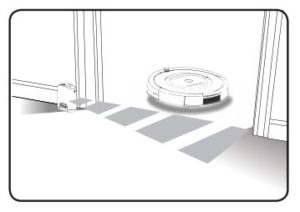
Does the Roomba 780 work with a 220v or 240v outlet?
According to iRobot, there are two variants of their Roomba chargers.
Some ship with US domestic chargers, which only works with 120v outlets. Some ship with the universal charger that’ll work with 120 to 240v outlets.
Most customers report that they received the 120v only charger. If you are planning on using it in an area with 220v electricity, you will most likely need to purchase a step-down transformer.
How well does the Roomba 780 vacuum pet hair?
The 780 has no problem sucking up hair of all types: human, cat, dog, or whatever else you might have running around the house. However, like an upright vacuum with rotating brushes, long hair will get stuck on the rollers. This means you will have to pull the hair out. iRobot knows this and has included a hair extractor tool to make the process easier. To remove any stuck-on hair, take the rolling brushes out of the Roomba and run the cleaning tool over the brush.
Update: The latest generation Roombas, the 800 series, have completely re-designed “no brush” rollers. There is no longer the need to pull hair out of the rollers.
How well does the Roomba 780 work on hardwood floors? What about carpet?
The 780 works equally well on hardwood floors and carpets. It’s a vacuum, and will work on most surfaces.
What about area rugs?
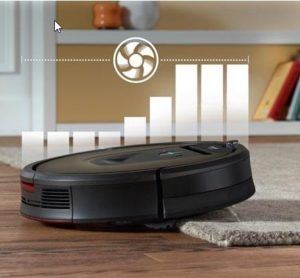
The 780 has large wheels (approximately 3″) that have no problem climbing over are rugs of any thickness if the rug is heavy. If it is a smaller, lighter rug, the Roomba might push it around while vacuuming.
How long does the 780 take to charge?
It takes approximately 3 hours to fully charge the Roomba 780.
Roomba 780 Battery Life
The Roomba 780 will last 1.5 to 2 hours while vacuuming, depending on the floor type.
Why Is it So Expensive?
Scheduling, auto clean – justifies the high price point
It is not a gimmick, it really has changed the way I vacuum my house, in that I don’t do it manually anymore.
Pros:
- Automated vacuum – you will rarely if ever have to vacuum manually.
- Programmable – can be scheduled to start while you’re not home, up to 7 times a week.
- Thoroughly covers entire area – the sensors and algorithms work together to cover every inch.
- Autodock – able to find its dock and recharge itself after every clean, so you don’t have to move it manually.
- Small footprint – able to fit under the bed and other tight spots that your upright vacuum might not.
- Smart – automatically slows down before bumping furniture, minimizing the wear and tear to itself and your house.
Cons:
- Small dust bin – means you will have to empty it every time after it vacuums.
- Unable to fit into small areas – not able to move through gaps that are smaller than the diameter of the vacuum, which is approximately 14 inches.
- Requires room preparation – just like regular vacuuming, you will have to pick up small toys and space out items such as dining chairs so the Roomba can navigate between the legs.
- Not as powerful as a corded vacuum – running on batteries means the current is not as strong as a corded vacuum. Compensated for this by scheduling it to vacuum more often.
- Virtual Wall units each requires two C batteries – why couldn’t they have made them use AA batteries instead? C batteries are such a pain to shop for.
Conclusion
The only thing preventing robotic vacuums from taking over the vacuum industry is the fact they are not truly set and forget. Just like manual vacuuming, you still have to move your furniture around to get all the areas.
What the Roomba does is take all the grunt work out of vacuuming. I don’t mind picking up my bath rugs and adjusting my dining chairs. What I hate the most about vacuuming is the noise from the vacuum and the “dusty smell” it makes. The Roomba takes care of the worst part of vacuuming.
Maybe not all owners are as dirty cavalier as me and let their Roombas handle ALL the vacuuming, but I really don’t see the need to vacuum manually anymore. Everyone’s situation (and standard) is different, so some owners may choose to still manually vacuum on occasion.
I wish I were that diligent about housekeeping, but the laziness in me always takes over. If you think I’m crazy for not manually vacuuming in addition to running the Roomba, let me know in the comments section below. For now, the Roomba is all I need.
If you are looking to buy a Roomba, I recommend getting it at Amazon.
